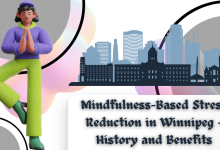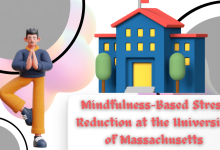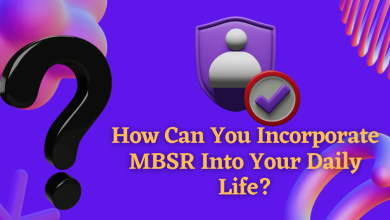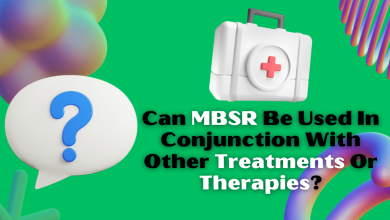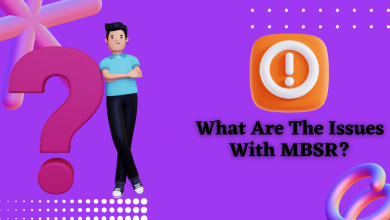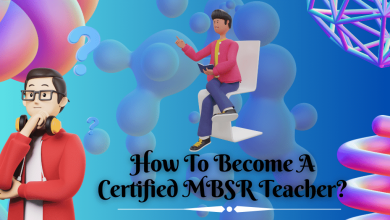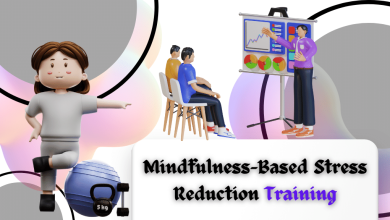How Can MBSR Be Adapted For Children Or Adolescents?
Yes, MBSR can be adapted for children or adolescents, and it can be an effective tool in promoting their mental health and well-being.
As a professional in this field, I have seen the positive impact of MBSR on children and adolescents, and there are several ways in which MBSR can be adapted to make it more accessible and engaging for this population.
Adapting MBSR for Children And Adolescents
1. Simplify the language and techniques
Use language that is appropriate for their age and developmental level, and simplify meditation techniques to make them more accessible.
For example, instead of asking them to focus on their breath, ask them to focus on a visual object or a sound.
2. Incorporate Games And Play
Incorporate games and play into the practice to make it more engaging for children and adolescents.
For example, use a breathing ball or have them count their breaths while holding up a certain number of fingers.
3. Encourage Parent Involvement
Encourage parents to participate in the practice with their children to provide a supportive environment and model the behavior.
This can also help parents develop mindfulness skills, which can benefit the whole family.
4. Use Visual Aids
Use visual aids such as pictures or diagrams to help illustrate concepts and techniques.
For example, use a picture of a flower to help them visualize their breath as they inhale and exhale.
5. Shorter Sessions
Keep sessions shorter to accommodate shorter attention spans.
For younger children, sessions can be as short as 5-10 minutes, gradually increasing as they develop their skills.
Benefits Of MBSR for Children and Adolescents
MBSR can be beneficial for children and adolescents in several ways.
1. Promotes Emotional Regulation
MBSR can help children and adolescents develop emotional regulation skills, which can help them manage stress and difficult emotions.
For example, they can learn to identify their emotions and use mindfulness techniques to regulate their responses.
2. Enhances Attention And Focus
MBSR can improve attention and focus, which can be especially helpful for children and adolescents with ADHD or other attention-related disorders.
For example, they can learn to focus their attention on their breath or a specific object, which can improve their ability to concentrate.
3. Reduces Anxiety And Depression
MBSR can help reduce symptoms of anxiety and depression in children and adolescents.
For example, they can learn to identify negative thoughts and use mindfulness techniques to reframe them in a more positive light.
Assumption For Better Explanation
Imagine a 10-year-old child who has experienced trauma and is struggling with anxiety and depression.
They have difficulty sleeping, often have nightmares, and feel on edge most of the time. Traditional therapy has not been effective in managing their symptoms.
The child’s therapist suggests incorporating MBSR into their treatment plan.
The child begins to practice mindfulness meditation and other techniques, such as body scanning and gentle yoga, with the help of their therapist.
Over time, the child learns to regulate their emotions, focus their attention, and reduce their symptoms of anxiety and depression.
They are able to sleep better and feel more confident in their ability to manage difficult emotions.
MBSR has been a game-changer for these children, providing them with a new set of tools to cope with the effects of trauma.

